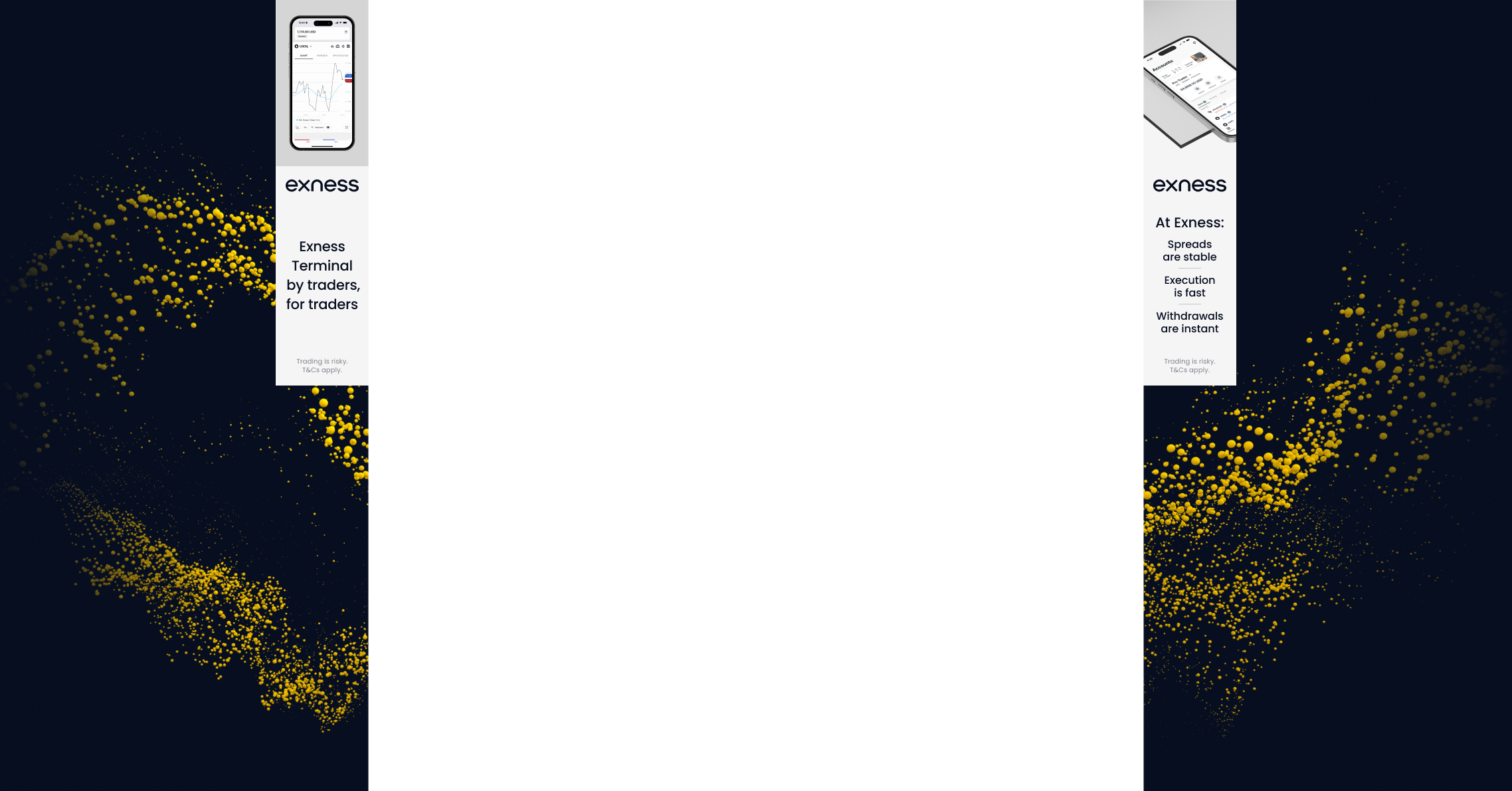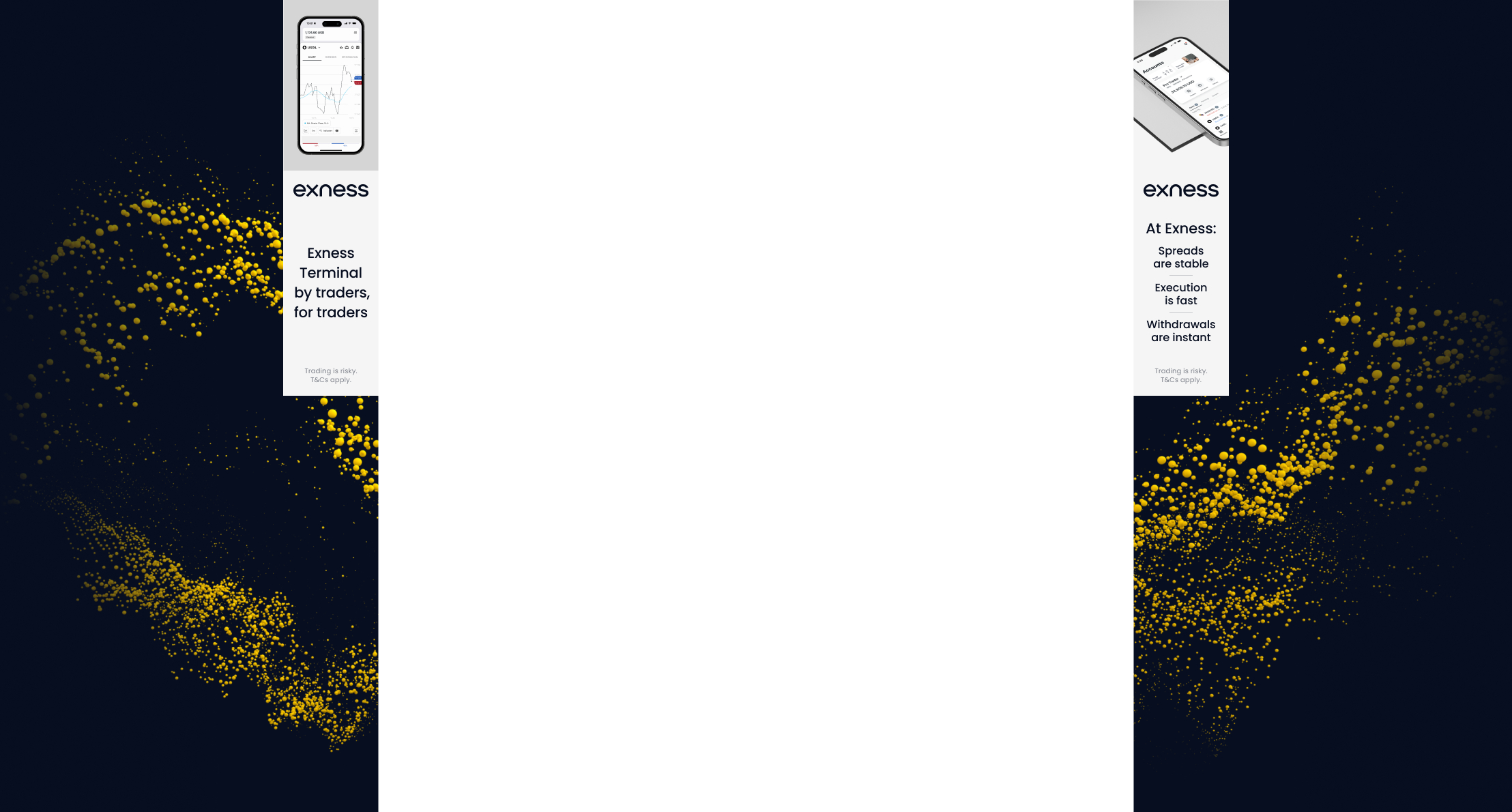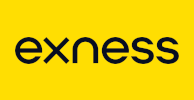International indices trading: quick start
International indices trading offers a gateway into the global stock markets, allowing traders to speculate on broad economic trends rather than individual stocks. At Exness, we provide access to some of the world’s most influential indices, ensuring traders can capitalize on market movements with competitive conditions and seamless execution. Whether you're eyeing Wall Street's biggest players or tracking the pulse of Asia’s financial hubs, Exness indices provide the tools you need.
What are indices?An index is a collection of selected stocks that represent the overall performance of a specific market, sector, or economy. Instead of trading individual shares, traders can buy or sell an index, gaining exposure to multiple companies in a single trade. This reduces company-specific risk while allowing traders to capitalize on broader market trends.
International indices are affected by economic events, corporate earnings, central bank policies, and geopolitical developments. Because they aggregate the performance of multiple companies, they tend to be more stable than individual stocks, but they can still experience volatility—particularly during major financial events.
How to trade international indices with Exness: Quick start guideGetting started with indices trading is simple. Follow these steps:
Get an international trading account – Sign up for a trading account, complete the quick verification process, and then fund your account.Choose an index – Select an index by clicking the + above the chart and adding an index from the indices dropdown menu.Execute your trade – Open a position by clicking the buy or sell button on the top right.Withdraw in seconds – Get your money fast with Exness’ hassle-free withdrawal process.Why trade international indices with Exness?Exness stands out in the trading industry by offering superior conditions, ensuring traders can make the most of index market movements. Here’s why traders prefer Exness for indices trading:
Ultra-low spreads: Exness offers some of the tightest spreads in the industry, ensuring traders keep more of their profits.Fast execution speeds: Orders are processed in milliseconds, reducing slippage and ensuring optimal entry and exit points.No hidden fees: Exness provides transparent pricing with no unexpected costs on deposits, withdrawals, or trades.Flexible leverage: Customize your risk management with leverage options that suit your trading strategy.Instant withdrawals: Access your funds instantly with no processing delays.24/7 support: Get assistance whenever you need it, ensuring smooth trading experiences.Trade with Exness advantagesExness international indices offeringsExness provides traders with access to a range of global indices. Here’s a breakdown of the international indices available for trading on our platform:
What is ASX 200 on Exness?ASX 200 (Australia 200) is AUS200 in the indices category. Trading the ASX 200 means keeping an eye on global commodity prices, particularly iron ore and gold, as Australia is a major exporter. The index follows Wall Street’s overnight movements, making it sensitive to US market sentiment. Key economic reports like Reserve Bank of Australia (RBA) rate decisions and Chinese trade data significantly impact its direction. The ASX 200 trades from 00:50 to 07:00 GMT, aligning with the Sydney session. Historically, it has shown strong performance during commodity booms, with peaks above 7,800 in 2021.
What is the Dow Jones Industrial Average on Exness?Dow Jones Industrial Average (Wall Street 30) is US30 in the indices category. The Dow is one of the most-watched indices globally, representing 30 of the largest US companies. It thrives on US economic health, reacting sharply to Federal Reserve rate decisions, inflation data, and major corporate earnings. Trading hours run from 14:30 to 21:00 GMT, with the highest volatility seen at market open and close. It has a history of resilience, recovering from crashes and reaching record highs of over 36,000 in 2021, fueled by technology and stimulus-driven growth.
What is the French index on Exness?The French index (CAC 40 - France 40) is FR40 in the indices category. This Paris-based index reflects the strength of France’s top 40 companies. It reacts to European Central Bank (ECB) policies, inflation data, and shifts in global investor sentiment. The CAC 40 trades from 08:00 to 16:30 GMT and often follows Wall Street's momentum with a delayed reaction. French elections and trade disputes have historically triggered major price swings.
What is the German index on Exness?The German index (DAX 40 - Germany 40) is DE30 in the indices category. Germany’s leading index is a benchmark for European economic strength. The DAX 40 is highly sensitive to industrial production, export data, and ECB policies. With a trading session from 08:00 to 16:30 GMT, it experiences sharp moves during economic reports from Germany and the Eurozone. Historically, it has been a volatile yet rewarding index, climbing above 15,000 in 2021 due to strong auto and manufacturing sector growth.
What is the Hang Seng Index on Exness?The Hang Seng Index (Hong Kong 50) is HK50 in the indices category. The Hang Seng Index is a key measure of Asia’s financial landscape, featuring China’s largest tech and financial stocks. Trading between 01:30 – 04:00 GMT and 05:00 – 08:00 GMT, it reacts strongly to Chinese economic policy, regulatory changes, and geopolitical tensions. Beijing’s crackdowns on tech stocks in 2021 saw the index tumble from over 30,000 to below 20,000, demonstrating its sensitivity to government intervention.
What is the Nikkei 225 on Exness?The Nikkei 225 (Japan 225) is JP225 in the indices category. Japan’s flagship index is closely linked to movements in the yen and Bank of Japan (BoJ) policy decisions. It trades from 00:00 to 06:00 GMT and tends to follow Wall Street’s overnight lead. The Nikkei is known for its long-term trends, having crashed after the 1990 asset bubble and only reclaiming 30,000+ in 2021. Traders watch Japanese corporate earnings, trade balance reports, and BoJ statements for key market signals.
What is the NASDAQ-100 on Exness?The NASDAQ-100 (US Tech 100) is USTEC in the indices category. This tech-heavy index moves aggressively on innovation, earnings, and Federal Reserve policy. It trades from 14:30 to 21:00 GMT, with sharp movements after earnings reports from companies like Apple, Amazon, and Tesla. Historically, it has outpaced other indices during bull runs, crossing 16,000 in 2021 amid the AI boom and tech expansion.
What is the S&P 500 (US 500) - US500The S&P 500 (US 500) is US500 in the indices category. As the broadest measure of the US economy, the S&P 500 reacts to GDP reports, job data, and inflation trends. It trades during New York hours from 14:30 to 21:00 GMT, often showing strong rallies after major economic announcements. The index has a history of steady long-term growth, first hitting 5,000 in early 2024, driven by corporate earnings and investor confidence.
What is the Euro Stoxx 50 on Exness?The Euro Stoxx 50 (Europe 50) is STOXX50 in the indices category. Covering the 50 largest Eurozone companies, this index is a snapshot of European economic strength. It trades from 08:00 to 16:30 GMT and is influenced by ECB policies, inflation rates, and geopolitical developments. While less volatile than the DAX, it provides a diversified exposure to Europe's major economies.
What is the FTSE 100 on Exness?The FTSE 100 (UK 100) is UK100 in the indices category. The UK’s leading index trades from 08:00 to 16:30 GMT and is heavily influenced by global commodity prices, given its exposure to mining and oil companies. Brexit, Bank of England rate decisions, and employment data are key drivers. The FTSE has historically been more stable than the DAX or CAC 40 but can experience sharp moves during economic uncertainty.
Why Exness has the best spreads on international indicesOne of the biggest advantages of trading indices with Exness is its industry-leading spreads. Many brokers claim to offer competitive spreads, but Exness sets a new benchmark with some of the tightest and most stable spreads on major indices.
What makes Exness spreads better?Lower trading costs – Exness' spreads on international indices are significantly lower than industry averages, meaning traders can enter and exit trades with minimal cost.Stability even during volatility – Unlike many brokers whose spreads widen drastically during high-impact news events, Exness maintains tight spreads, even when markets experience sharp movements.Ultra-fast execution – Tight spreads are only useful if orders are executed instantly at the expected price. Exness ensures low slippage and near-instant execution, reducing the risk of unfavorable price gaps.How do Exness index spreads compare?At the time of writing, Exness offers spreads up to 20% lower than the industry average on key international indices like US Wall Street 30 (Dow Jones), US SPX 500 (S&P 500), and Germany 40 (DAX 40). This means traders save more on every trade, giving them a competitive edge in fast-moving markets. Why does this matter for traders?
If you're an index trader, every pip matters. Whether you're scalping short-term moves or holding long-term positions, lower spreads mean higher profitability over time. Exness’ cost-saving advantage allows traders to maximize their market exposure without being weighed down by excessive fees.
Test Exness index spreads for yourselfThe best way to experience Exness' spreads is to see them in real-time. You can compare live spreads directly on the platform and even test them risk-free with a demo account before trading with real capital.
With best-in-class spreads, fast execution, and deep liquidity, Exness offers traders an unmatched index trading experience. Ready to trade smarter? Explore Exness international indices today.
Follow this link for more: https://www.exness.com/blog/international-indices-trading/













